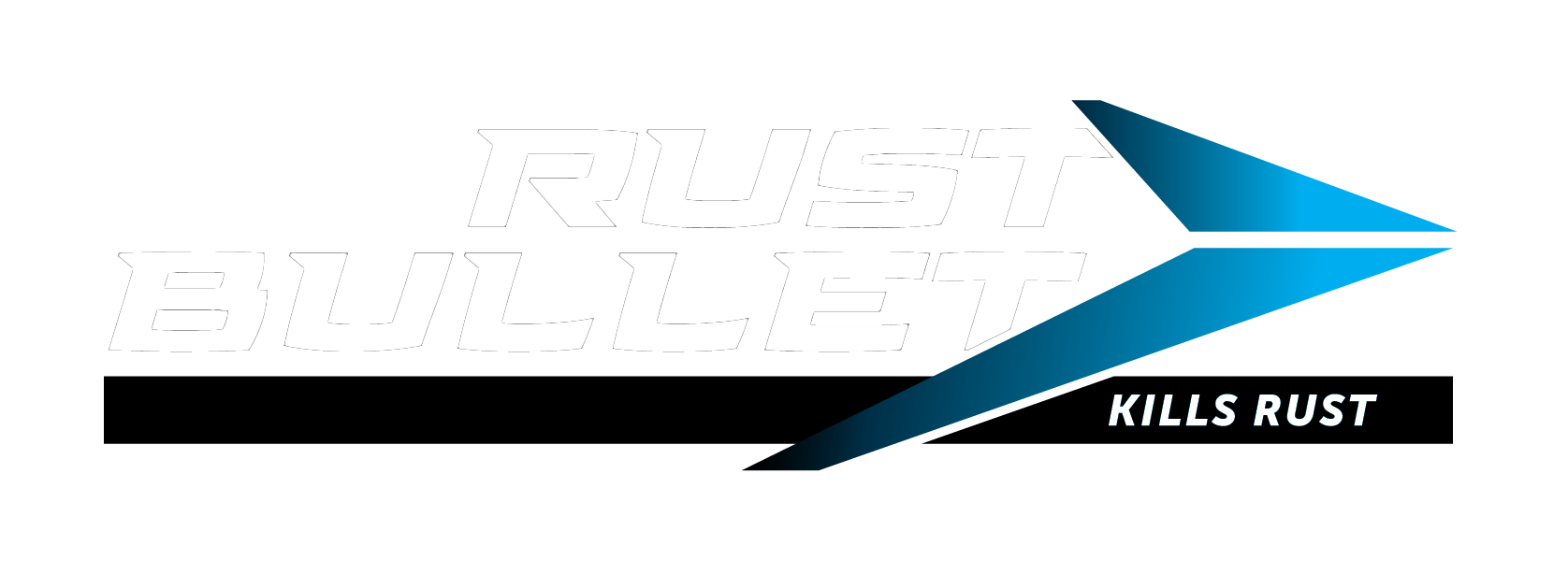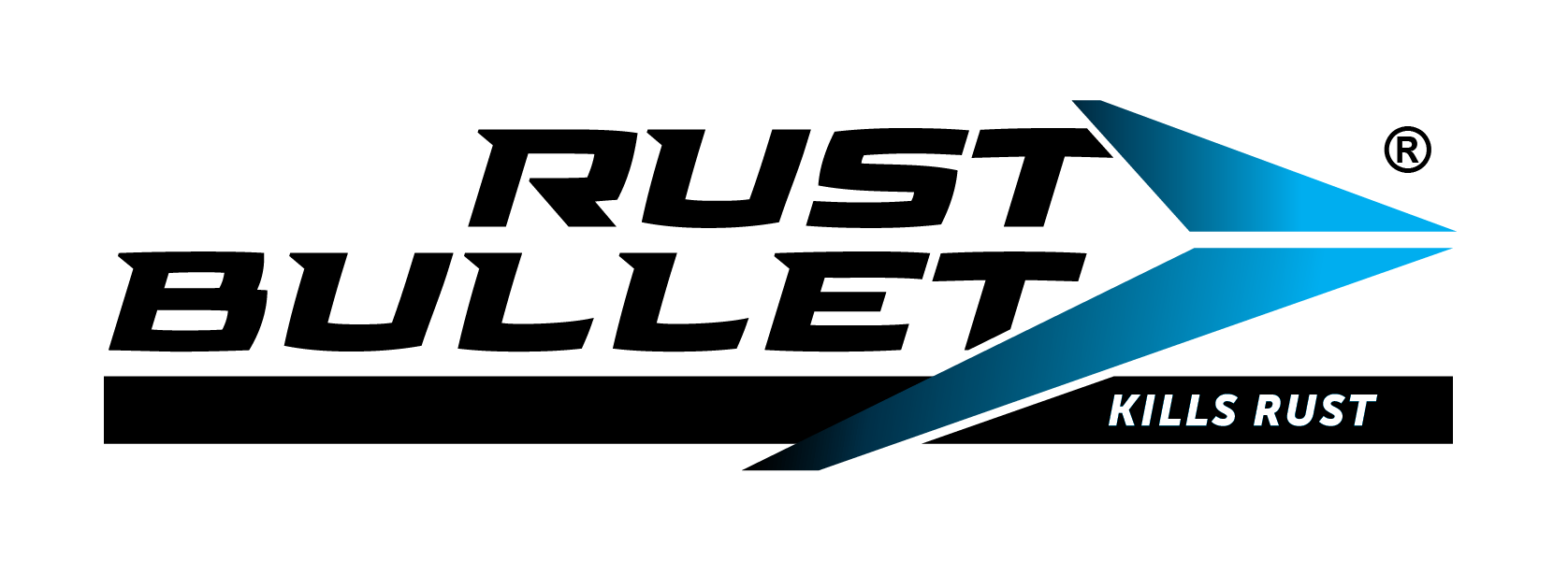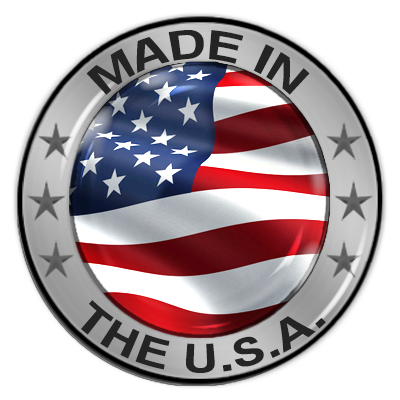effervescent, effusive
If you have bubbles, also know as solvent pop, on your finished coating, it is likely due to one of these common reasons. Excessive bubbling or a textured surface is also know as orange peel, and is usually caused by these same factors.
Some of the most common reasons for bubbling are:
• Applying Rust Bullet too thick. As Rust Bullet cures, small gas bubbles can get trapped in overly thick areas of the coating, creating bubbles in the finish, called solvent popping. When using a brush or roller, Rust Bullet should be applied evenly without buildup in a crosshatch method (an up and down, side to side continuous motion).
• Prematurely applying a subsequent coat over a partially wet previous coat will trap the escaping gas during the curing process causing bubbles in the finished coating.
• Shaking the can creates air bubbles in the product. Prior to application, Rust Bullet must be stirred thoroughly until completely uniform and homogeneous (approximately 3 minutes). Shaking the container may cause the formation of bubbles in the finish of the coating.
• Using a mechanical tool to stir or mix the coating will cause a vortex, drawing air into the product. Avoid whipping air into product as the same results will occur as noted above.





Comments are closed